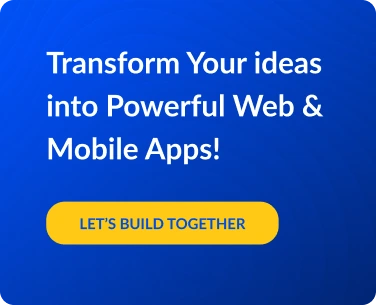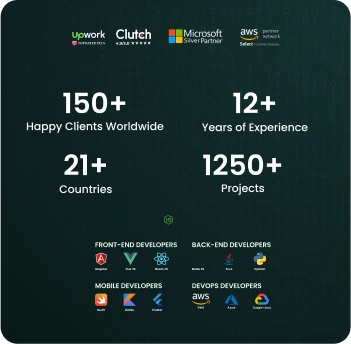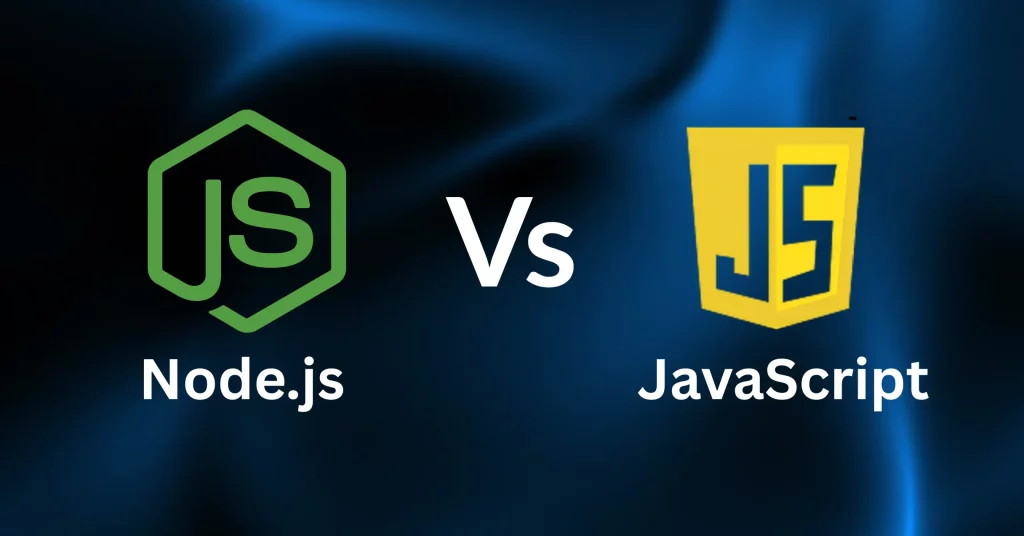Table of Contents
Overview:-
- Developing a fantasy sports app will cost a good amount of money.
- This blog breaks down everything you need to know about the factors that affect the cost of developing a fantasy sports app.
- We’ll also share a cost-saving trick companies use to get high ROI without blowing the budget.
Thinking about building a fantasy sports app but not sure how much it’ll cost? You’re not alone. Fantasy sports apps are becoming incredibly popular, and numerous companies are jumping in to capitalize on this booming industry. With millions of players in fantasy leagues around the globe, the time has never been better to enter the market.
Whether you’re a business startup, entrepreneur, or organization seeking to increase digital presence, opening up a fantasy sports app can bring in additional income streams and improve user engagement.
But prior to entering this venture, you must know the cost of development. Here we will analyze the cost to build fantasy sports app. Get a clear picture of pricing and the factors that affect this pricing, so you can budget your costs wisely and confidently.
Factors Affecting the Cost of Fantasy Sports App Development
Making a fantasy sports app is not a one-size-fits-all task. And not every business knows the answer to the question of how to make your own app, so you have to hire experts, which is going to cost you.
The price to create a fantasy sports app depends on a number of factors, including the type of app you wish to create, the features you include, the technology stack you use, and even where your developers are located. Each choice impacts the overall budget and development time.
Type of Sports App
The type of fantasy sports app you create has a huge impact on the budget. These are the primary types and their average pricing:
- Daily Fantasy Sports (DFS) Apps – These are one-day contests. Because of continuous updates, scoring mechanisms, and heavy server usage, the development is moderately priced. Price: $30K–$100K
- Multi-Sport Fantasy Apps – Provide users with an option to play various sports leagues. These apps need sophisticated logic and data processing. Price: $40K–$150K
- Season-Long Fantasy Apps – For long tournaments and leagues. They need to have features such as team management, season tracking, and leaderboards. Cost: $50K to $120K
- Social Fantasy Sports Apps – Such apps introduce a social aspect, such as chat, friend lists, and shared leagues, which drive user engagement and cost. Cost: $45K–$110K
- Niche Fantasy Sports Apps – Target a specific sport like kabaddi or eSports. The price varies with the complexity and availability of data. Price: $30K–$90K
- Live Score Apps – Basic apps that provide real-time scores and scoreboards. From a feature point of view, this app is relatively simple and hence a more affordable one to create. Price: $8K–$ 20K
- Fantasy Sports Apps – Fantasy sports apps allow users to create virtual teams and play against each other based on how actual players perform in real games. Simple versions integrate core fantasy elements with low functionality. Price: $20K to $60K.
- Live Streaming Sports App – Allows in-app live streaming. Pricy due to CDN expenses and video features. Price: $30K to $50K or even more.
- Sports News and Analysis Apps – Publish content like previews, statistics, and predictions. Price: $12K to 40K
- Sports Event and Ticketing Apps – Combine match timetables, ticketing, and fantasy elements. Price: $15K upto $30K
- Sports Betting Apps – Need additional security, real-time odds, and licensing. Price: $30K and above
Tech Stack
A powerful tech stack ensures scalability, smooth performance, and secure gameplay.
The right choice of technology can affect not only an app’s price tag but also its future flexibility, maintainability, and performance under heavy loads during key sporting events when user traffic floods in. Staying updated with the latest fantasy sports app development trends ensures that your app is equipped to handle these challenges efficiently while meeting user expectations.
Let us see a summary of the various types of development approaches that influence roughly how much you ought to be paying:
Native App Development: It offers the best performance and native integration with device hardware and operating system features. At the same time, these particular apps are created separately for each platform, with Swift for iOS, and Kotlin or Java for Android, which will offer the absolute user experience, but once again, raises the time for development. And since all of these platforms require a specific codebase written for them, native app development is also the most expensive option, with average costs of $40,000 to $100,000 depending on the complexity and features of the app.
Cross-Platform Development: It allows developers to write one codebase that runs on both iOS and Android platforms using these tools: Flutter or React Native. Although the performance is not yet fully comparable to native applications, the existing cross-platform frameworks already achieve almost native speed and UI/UX quality, and so, in terms of price, they become the choice of companies with a stricter budget. It takes less time and resources to develop, and it generally costs around $30,000 to $80,000.
Hybrid App Development: In Hybrid App Development, apps are developed using traditional web technologies, including HTML, CSS, and JavaScript, which are then wrapped into a native shell using tools like Ionic or Cordova. These apps are easier and cheaper to develop, but performance is often sacrificed for feature-richness or graphics-intensiveness. They are well-suited for MVPs or simple apps and can cost between $25,000 and $60,000.
Backend and API Development: Backend and API Development is the backbone of a fantasy sports app that helps to update data in real-time, user authentication, payment gateway and core game functionality. A strong backend makes the app able to handle heavy traffic loads and scale properly during peak hours. Using a cloud-based platform like AWS and Firebase or building a custom backend, you can expect this functionality to cost between $20,000 and $70,000, depending on the infrastructure and the app’s needs.
UI/UX Design: Retaining and satisfying users depends heavily on UI/UX Design. An intuitive user interface with seamless navigation, custom graphics, and interactive animation makes a memorable impact that entices users to explore your offerings further. Design costs for professional and easy-to-use design, depending on its level of customization and visuality, can vary from $10,000 to $40,000.
Here’s the standard stack employed in the majority of fantasy sports apps:
- Frontend:
- React Native or Flutter for cross-platform apps
- Swift for native iOS and Kotlin for native Android applications
- New UI libraries such as Material UI or Tailwind CSS for responsive UIs
- Backend:
- Node.js for real-time, asynchronous data processing
- Java or Python for horizontally scalable server-side logic
- Express.js or Django for constructing resilient APIs
- Database:
- MongoDB for horizontally scalable, document-oriented data management
- PostgreSQL or MySQL for relationally consistent data
- Redis or Memcached for caching to enhance performance
- Cloud & DevOps:
- AWS, Google Cloud, or Azure for cloud hosting and scalable infrastructure
- Docker and Kubernetes for container and orchestration
- CI/CD tools such as Jenkins or GitHub Actions for easy deployment
- APIs & Integrations:
- Sport data APIs such as SportRadar or CricketAPI for real-time data
- Firebase for authentication and push notifications
- Stripe, Razorpay, or PayPal for secure payment
A solid stack helps manage high concurrency, ensures secure transactions, and creates an overall responsive user experience. Based on the complexity and scale, some apps may also integrate AI/ML tools to offer personalized suggestions or fraud detection.
Choosing the right technology can influence not just the app’s cost, but also its long-term flexibility, maintainability, and performance under load, especially during major sporting events when user traffic spikes.
Location of Developers
Where your team is located makes a big difference in expense. Here’s a rough estimate:
| Region | Hourly Rate | Quality |
| USA/Canada | $120–$150/hr | Top-tier, very expensive |
| Western Europe | $80–$120/hr | High quality, pricey |
| Eastern Europe | $40–$100/hr | Skilled, mid-priced |
| India | $15–$40/hr | Highly skilled, cost-effective |
Choosing offshore app development services can significantly impact the cost and quality of your fantasy sports app. Offshore development companies, especially those located in regions like India or Eastern Europe, provide a cost-effective solution without compromising on expertise.
Partner with Soft Suave’s expert developers to bring your dream fantasy sports app to life – on time, on budget. Elevate your dreams with our innovative solutions!
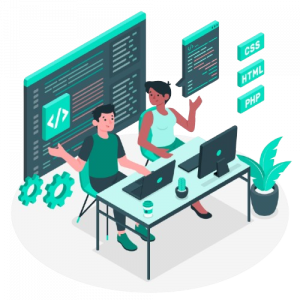
App Platform
Your choice of app platform — whether Android, iOS, or both — plays a crucial role in shaping your development budget and audience reach.
If your primary user base is located in emerging markets such as India, Southeast Asia, or parts of Africa, building an Android-only app can be a smart and cost-effective decision. Androids rule these markets, and the development process typically involves an initial lower cost.
If you’re, however, looking at reaching a premium user base in countries such as the United States, Canada, or Western Europe, an iOS application would be a better fit. The iOS development will, however, cost a bit more because of Apple’s stricter design guidelines, security requirements, and App Store rules.
For companies that want to release on both platforms without the same effort and cost once again, cross-platform development is usually the ideal choice. With new frameworks such as Flutter and React Native, developers can code a single codebase that runs perfectly on Android and iOS.
Not only does this save development time by 30–40%, but it also saves a lot of cost, making it a favorite among startups and small businesses. Finally, your platform choice should be driven by your users’ device choices and your general budgeting strategy.
App Maintenance
Launching your fantasy sports app is just the beginning. Ongoing maintenance is crucial to keep your app fast, secure, and competitive. This includes bug fixes, OS compatibility updates, UI enhancements, and server monitoring. You’ll also need to plan for occasional upgrades based on user feedback or seasonal changes in gameplay.
What’s included:
- Fixing bugs and crashes
- Updating to new OS versions
- Adding new features based on user feedback
- Server monitoring and scaling
The cost of maintenance each month is based on how complex your app is and the size of your audience. Failing to account for this cost can result in crashes and security vulnerabilities. A well-maintained app makes users happy, safe, and encourages them to return.
App Features
Features make your app worth it, but they also add to development time and expense. The more features you cram in, the longer your developers will take to create, test, and iterate on each one, which affects the cost directly. That’s why you need to focus on the features that matter most to your users and your business
Core Features
These are essentials for any fantasy sports app:
- User registration/login
- Real-time match updates
- Team creation/joining
- Leaderboards
- Wallet & payment gateway
- Push notifications
Cost: $10K–$20K
Advanced Features
To give a high-end experience and greater user activity:
- AI-powered team recommendations
- Live match streaming
- Social chat and friend invites
- Blockchain wallets
- Admin dashboard with analytics
Cost: $15K–$50K
Advanced features are not obligatory. Begin with fundamental ones and grow gradually. This strategy saves you money at the initial stages but also allows you space to transform according to actual user reactions and market necessity.
Cost Breakdown for Fantasy Sports App Development
Let’s break the costs into development phases. Breaking up the development into three phases helps you manage your budget better:
Phase 1 – MVP Development
The MVP has just core functionalities such as user login, team creation, and a simple scoring feature. This version allows you to pilot the market with minimal risk and expense, which can be between $10K and $60K, and take 4–6 weeks to develop.
Phase 2 – UI/UX Design Phase
Design incorporates user flow, wireframes, and visual branding. The right interface can significantly increase retention. This phase will cost between $5K and $50K and take 2–3 weeks.
Phase 3 – App Development Phase
The last stage includes full development, backend configuration, API integration, security features, and testing. It is the most resource-heavy phase, costing between $20,000 to $50,000+ and taking 8–12 weeks, depending on the complexity. This will be determined by the size of the team and the experts who will be working on the development process.
Cost Based on Region (Offshore vs Onshore Development)
Selecting the appropriate location where you want to build your app can make a huge difference in your overall budget. Development rates between locations greatly differ, and it can assist you in making better, more budget-friendly decisions.
Onshore — Onshore refers to the fact that your app development partner will be based in the same country as you. This method provides good communication, similar time zones, and the simplicity to work together. Along with this convenience comes a higher price tag. Onshore development hourly rates usually range between $100 and $150, with the overall cost 3 to 5 times more expensive than other alternatives, particularly in nations like the US and UK. This can easily deplete the finances of startups or small businesses before the app even comes online.
Offshore – Conversely, offshore development provides a rich talent pool at much lower prices. In this method, your offshore development partner is outside of your country. At a cost of $20 to $50 an hour, offshore teams deliver high value at low cost without sacrificing quality. These teams have a lot of experience working for overseas clients, with agile methodology, and through daily reporting and state-of-the-art project management software.
That is why offshore partners such as Soft Suave are frequently selected by startups and SMBs. With scalable hiring models, an experienced delivery track record, and full-stack remote developer access, Soft Suave’s offshore app development enables companies to achieve high-end outcomes while containing development expenses.
What is Timeline & Development Stages
Developing a fantasy sports app is a multi-step process that generally takes 3 to 5 months, depending on the complexity and feature set of the app. Although the timeline might differ slightly from project to project, having a clear roadmap ensures that things remain on track and do not incur unnecessary delays.
Here’s how the typical development timeline looks for fantasy sports app development:
Week 1–2: Requirement gathering and detailed planning
Week 3–6: Development of the MVP with internal testing and feedback loops
Week 7–9: UI/UX design with user journey mapping and interface tuning
Week 10–14: Full-featured development, backend integration, and third-party API configuration
Week 15–18: Launch preparation, final testing, performance optimization, bug fixing
For businesses aiming to test the market quickly, a lean MVP with core features can often be built and launched in as little as 6 to 8 weeks, offering a faster time-to-market and early user feedback.
From MVPs to full-featured apps, Soft Suave has the expertise and cutting-edge tech to bring your vision to life faster and better. We turn ideas into impactful, scalable products.
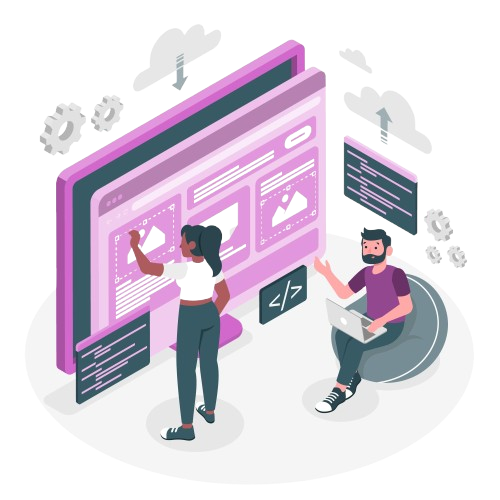
Why Choose Offshore Development for Your Fantasy Sports App?
Offshore development is a common practice for today’s startups. It saves 40–60% of costs, provides access to international talent, and allows for quicker scaling. You can also find an app developer and hire flexibly with these models: hourly, monthly, or project-based.
Benefits:
- Save up to 60% in overall cost
- Access skilled developers in a short time
- Flexibility in hiring (hourly, monthly, fixed-price)
- Quicker turnaround due to international time zones
Offshore development firms such as Soft Suave have expertise in fantasy sports app development and provide specialized remote teams with cutting-edge tech skills. You receive total transparency, day-to-day updates, and specialist project managers, while saving you thousands of dollars in development expenditure.
Conclusion
The cost to develop fantasy sports app can vary greatly, from $10,000 for a minimum viable product (MVP) to well over $100,000 for a solid, feature-rich platform. Ultimately, cost is influenced by several aspects such as the type of app you build, the features you add, the tech stack you go for & the location of your development team. With knowledge of these features, you can adjust your decisions to meet your budget while still delivering an excellent user experience.
Collaboration with offshore development teams is one of the most effective strategies for managing costs while maintaining quality. India, for example, enables accessibility to top-tier developers at significantly lower costs, which helps startups and growing corporations design competitive apps within a budget. By engaging an experienced partner like Soft Suave, you get the upside of scalable hiring models and transparency processes, along with a team well-versed in building scalable fantasy sports solutions.






 8 Years of experience
8 Years of experience